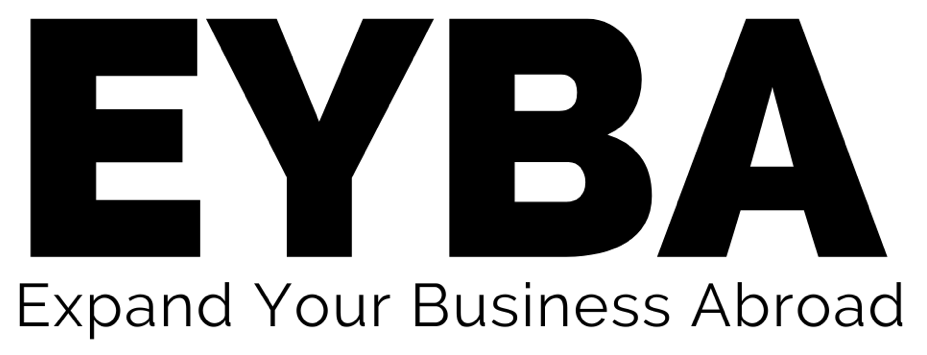2 months to a new market –
is it possible?
✔️ Experience-based tools
✔️ Results in 2 months
✔️ Extensive global network
✔️ Experience in 50+ countries

Have you dreamed of a new foreign market but fear the financial and time risks?
Or have you gone through several export programs but still haven’t seen tangible results?
Exporting is not actually difficult!
You might always think that your company needs to develop an even better product than competitors to be successful in foreign markets. Or do you need more impressive design, better technology, faster customer service? It always seems like something is missing, but you don’t quite know what it could be…
Or do you believe that successful exporting depends on choosing the “right foreign market”?
There are 195 countries in the world where you can potentially export your product or service. Excluding Turkmenistan, North Korea, and a few other countries where sales are challenging, which country or countries do you focus on for your company’s exports? Do you have a foreign market strategy? What are your company’s most profitable target markets? Where should you keep your focus?
All these are very important questions, and it is very unfortunate if you waste money and time in the wrong place from the start.
I know how entering foreign markets can be efficient and wallet-friendly for a company.
Why should I, Leila Haugas, be the one to advise your company?
Developing international markets is my passion and lifestyle.
I am probably the most experienced practitioner and self-taught expert when it comes to exporting. My dream has always been to communicate and work with different foreign clients. People do not understand each other well if there are no individuals who genuinely want to work with different cultures. We quickly turn knowledge into practice and deliver results twice as fast with less effort. Products and services needed worldwide must reach foreign markets.
Check out my LinkedIn-i!

50+ trade fairs
I have personally participated in and led companies to over 50 global trade fairs, from the USA to Japan. This includes preparatory work with sales teams and managers, as well as follow-up efforts. As a result of entering new markets, companies have been able to increase their volumes and margins, which in turn has created new opportunities for development.
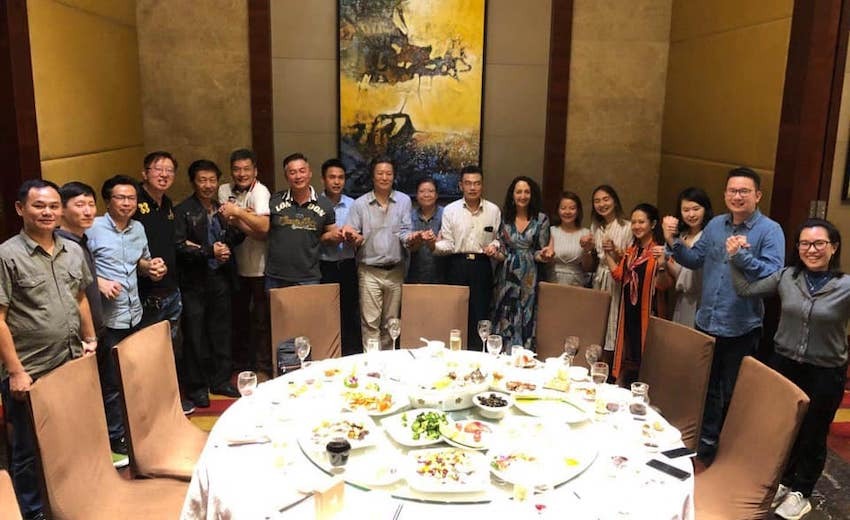
Experiences from 50+ countries
My curiosity to learn and grow has brought me extensive experience in the USA, Europe, Asia, and the Middle East. Previously, I worked with foreign companies and assisted a Japanese company in entering foreign markets, establishing partnerships from Brazil to Australia from scratch. I have also helped several well-known Estonian entrepreneurs, including the largest exporters.
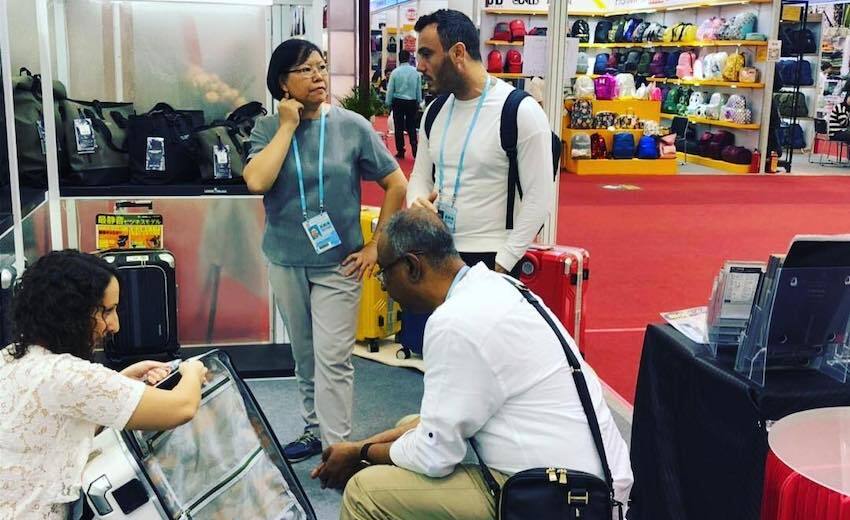
Smart plan
With over 15 years of international experience, I have helped companies from various countries expand their customer base and successfully grow their business in new markets. This experience has made me smart and efficient. I know how to make my experience practically accessible and usable for your business development.
2 month intensive program with clear goals and real RESULTS!
I will select a maximum of 10 companies to work with weekly towards conquering a new market.
This isn’t a dry training session but an intensive program for the truly “hungry wolves”.
Don’t worry if your hunting instinct isn’t strong yet; we’ll find it together.
I will help you find the best market for your company.
Ideally, within 2 months, your product or service will reach the target country!
Read on to learn how we do it…
8 steps to entering a new markets
There are 195 countries in the world where you can potentially export your product or service. Excluding Turkmenistan, North Korea, and a few other countries where sales are challenging, which country or countries do you focus on for your company’s exports? Do you have a foreign market strategy? What are your company’s most profitable target markets? Where should you keep your focus?
All these are very important questions, and it is very unfortunate if you waste money and time in the wrong place from the start.
I know how to make the process efficient and wallet-friendly for you in 8 simple steps:

1. week:
Set goals!
The most important thing is to review your company’s strategy for foreign markets.
If you haven’t entered any foreign markets yet, it’s crucial to set a clear goal. This could be the number of orders, revenue figures, or subscriptions. Whatever is understandable to you and your team will work. If you’re already active in foreign markets, I recommend analyzing what has been done in previous years. Which markets is the company active in? What are the results by country: costs, challenges, and successes? Record this in a spreadsheet for a clear overview. It’s important not to be intimidated by current results, as what has been achieved so far is not critical. Know that the next steps you take can elevate your company to a whole new level. So set a bold goal!
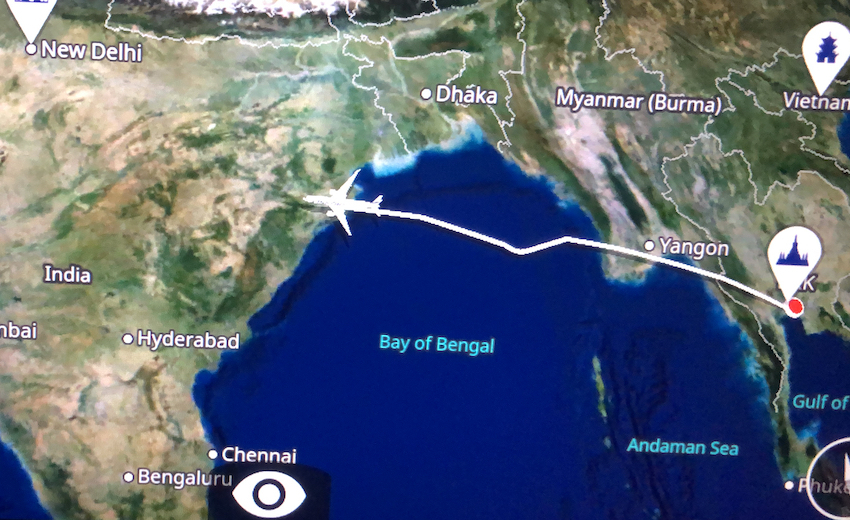
2. week:
Choosing a new market
Selecting a new market can be a real challenge.
No one can predict with 100% certainty that it will yield results. However, I dare to say that with thorough analysis and all steps followed, 90% of the goal is achievable. When choosing a new market, keep in mind one important thing – don’t choose a country you don’t like. It won’t work in the long run. Also, don’t be intimidated by the term “market analysis.” It doesn’t necessarily mean a 10-page report full of numbers. Market analysis can be done quickly using simple methods like Google, and even better, by calling a few contacts in the target country.
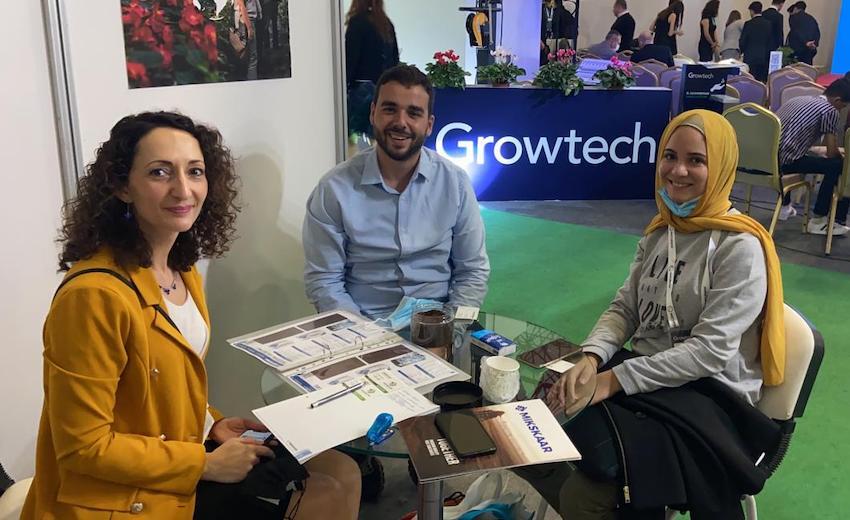
3. week:
Creating contacts
Establishing contacts in a new country is a very exciting process.
I would call this the moment of creating “attraction.” This involves both your and your company’s brand image and communication skills. Both are skills that anyone can “polish.” There is a common misconception that the best salespeople are talkative, but I would dispel that immediately. I have seen very impressive results from slightly more introverted export managers. Today, creating contacts is somewhat like a game: we create as accurate an image as possible and then present it to the right “audience” that has been waiting for us.
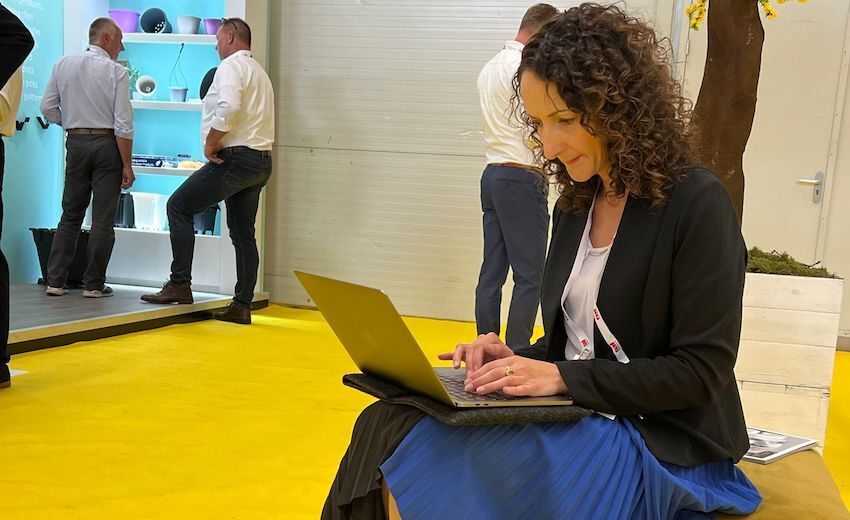
4. week:
Finding a partner/client
How do you find that client or partner?
Whether it’s a retail chain, importer, or distributor, a good brainstorming session and writing down key words will help make your search more effective. We use as many digital solutions as possible: LinkedIn is a valuable platform today. Google searches also quickly reveal the “best picks” in almost any country that hasn’t blocked it. Another tip for finding partners: be authentic in your communication style. It’s not a good idea to pretend to be someone else who seems more successful. A partner will connect with you authentically. Business cultural tips are helpful here, but we’ll discuss those in the future.

5. week:
The 100 contact rule
Finding at least 100 potential partners in the target country.
Depending on the field and market size, always find more contacts than you need. You don’t have to contact all of them, but validate the ones with the strongest potential. Sometimes smaller players or consultants end up on the list. What to do with them? Consultants can provide valuable market insights and may become key figures in the future. Smaller potential clients with ambition are worth a quick call. Having a foreign market sales strategy helps identify and validate the “right” contact.

6. week:
Failure or SUCCESS?
One sure way to fail is to give up after getting “NO” responses from 10 contacts.
However, markets vary, and experience helps. Some business cultures are harder to break into, while others are quite simple. Therefore, market choice and experience sharing are relevant here. There’s nothing wrong with changing markets after step five; this rapid analysis actually saves your company money. It’s far worse to spend two years on efforts, visits, and fairs with poor results than five weeks on preliminary work.
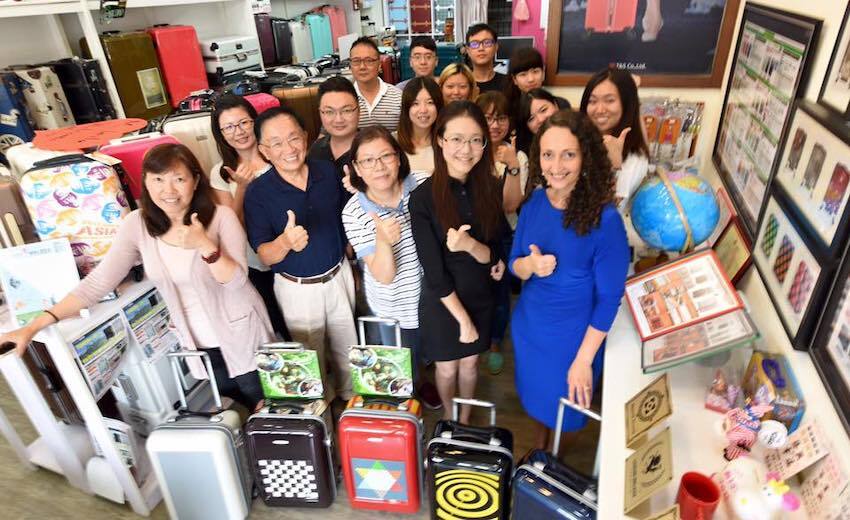
7. week:
Oh, those client meetings!
This is definitely the most exciting stage in developing foreign markets!
Meetings can be online, offline, or a hybrid. Hybrid means some participants are “face to face” while others join online via Zoom or another method. What is most effective? Each type of meeting has its role. For initial overviews and introductions, Zoom works well, but in many Asian and Middle Eastern countries, it’s essential to quickly move from digital to physical meetings.
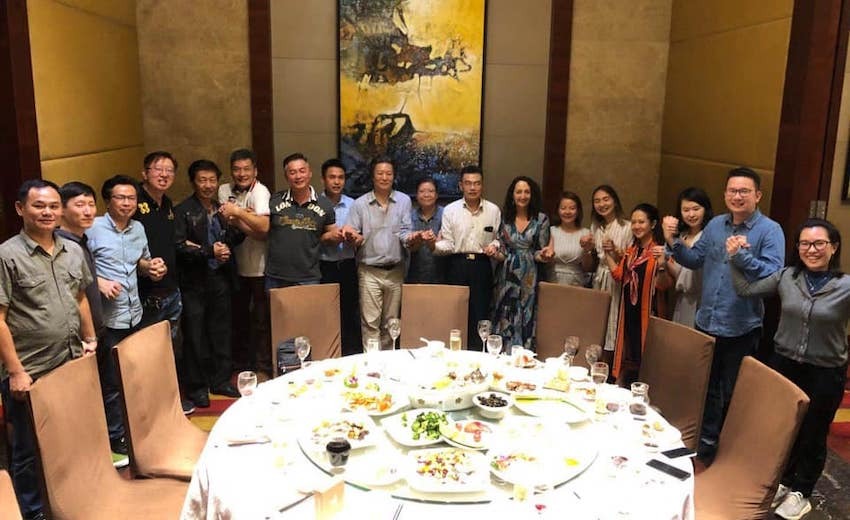
8. week:
Close the deal!
How to formalize a potential client into a partner
There are several ways to do this. I definitely don’t recommend waiting for orders, especially if previous meetings have only been digital. Even if business is already happening and orders are being placed, plan a physical meeting quickly. When the goal is clear, the world becomes small and distances shrink. A 13.5-hour flight is insignificant for big business. If your company has chosen multiple partners in the target country, visit and meet them all. You’ll get a much better overview! So, while the online digital world is great, you’ll be taken more seriously once you’ve met in person.
As a result of entering new markets, companies have been able to increase their volumes and margins by millions.
The 2-month (8 weeks) program requires a time and financial commitment from the company’s team. But the results are worth it!
The following export program starts in autumn 2025!
Program cost: €2400 + VAT
Write or call us to discuss the best plan for your company!

